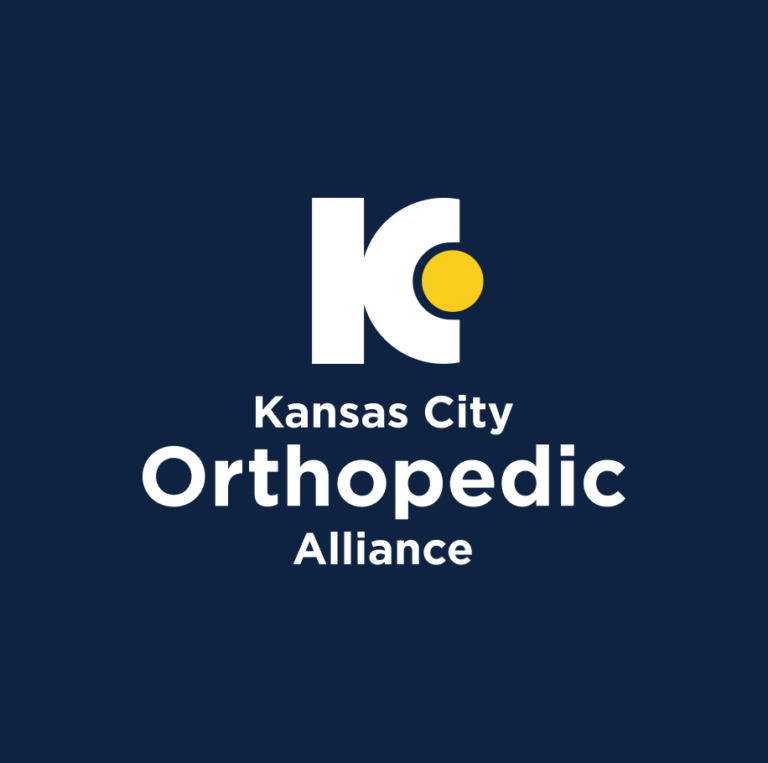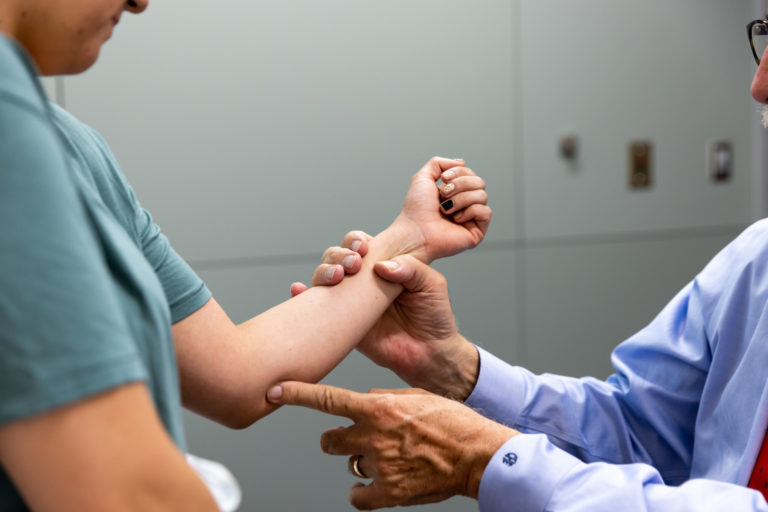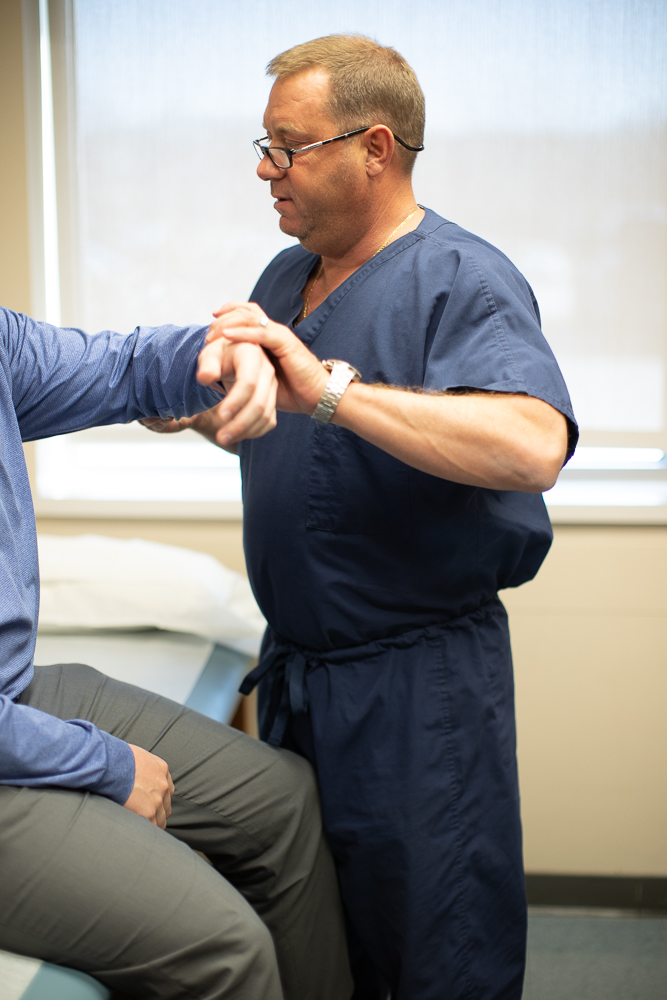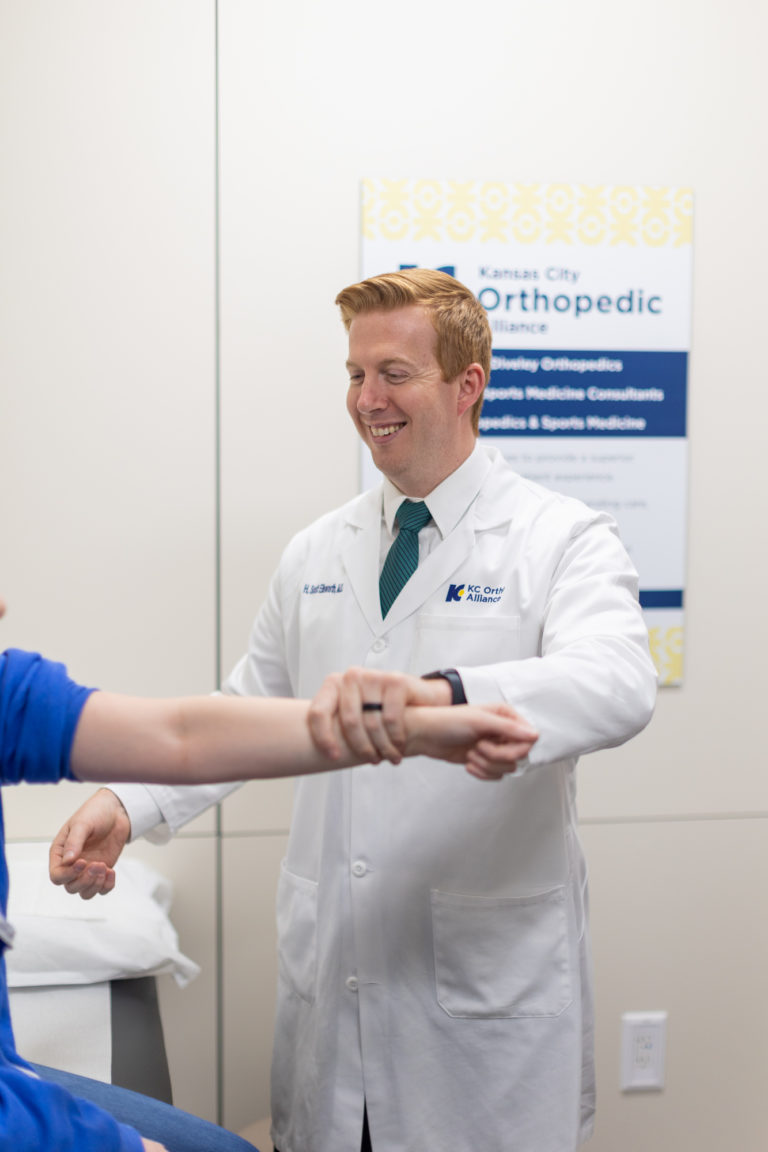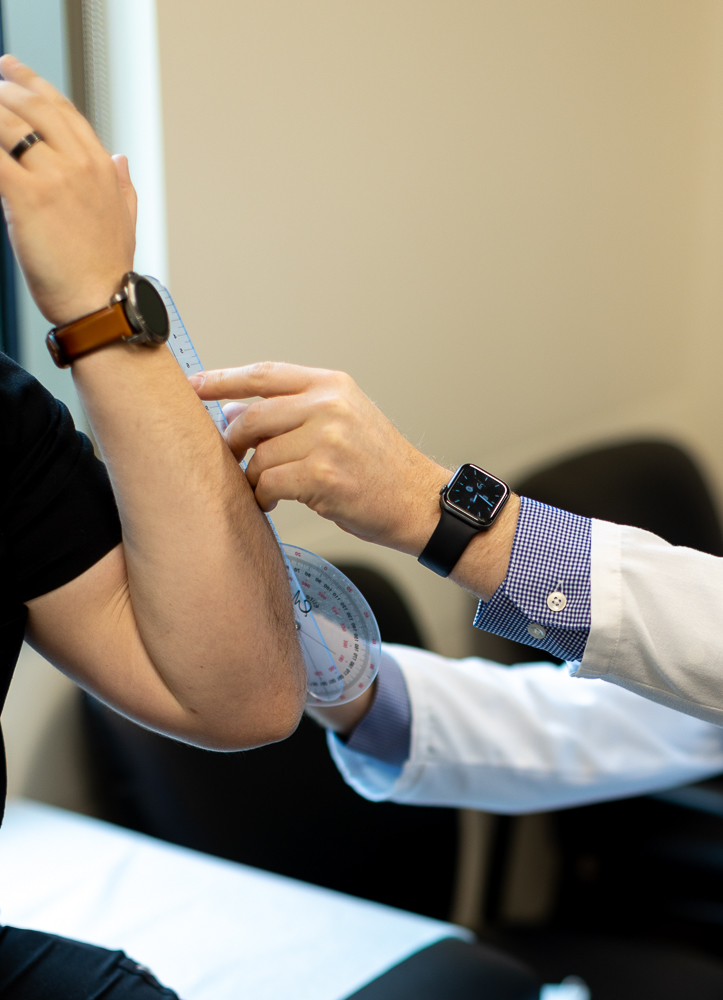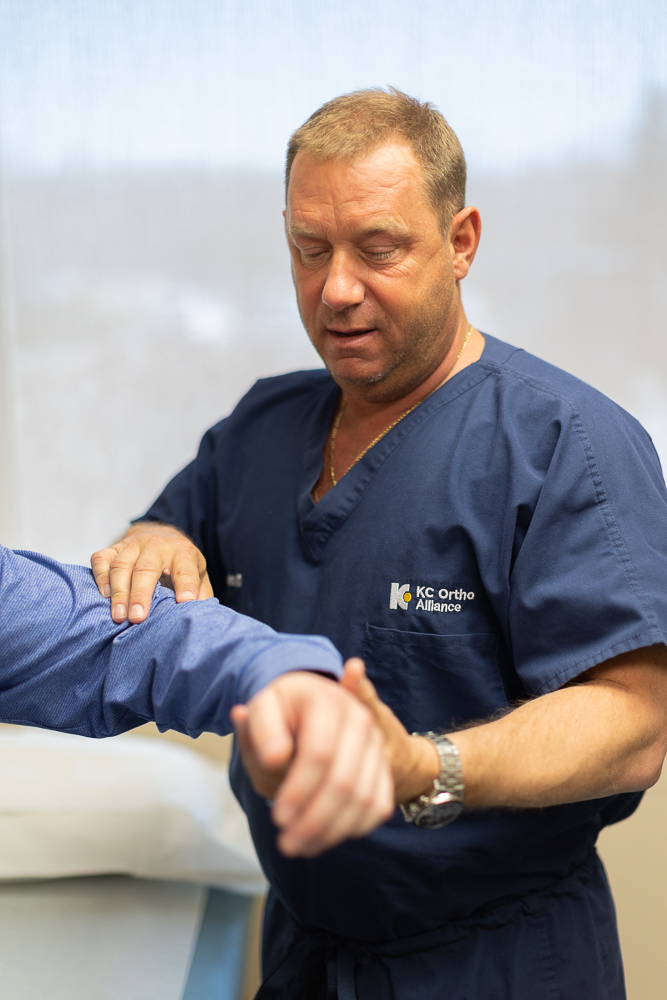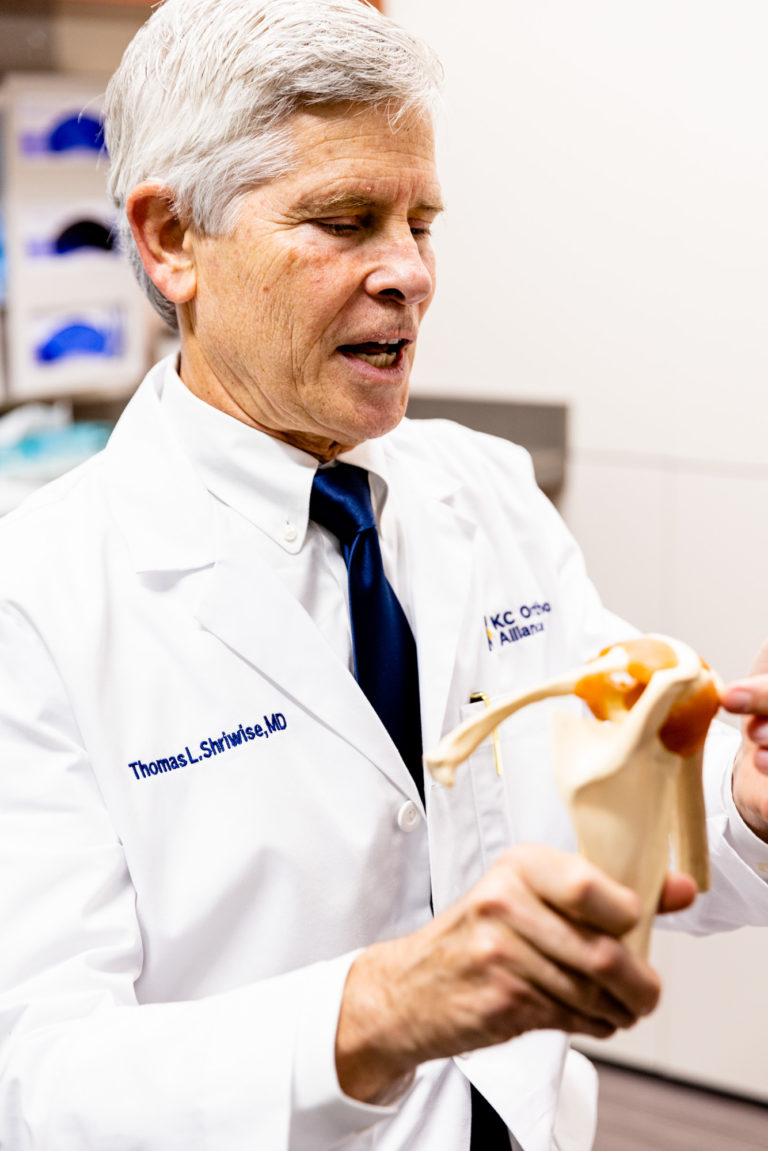Fracture Management in Kansas City
Fracture Management
Feel better, get back to normal.
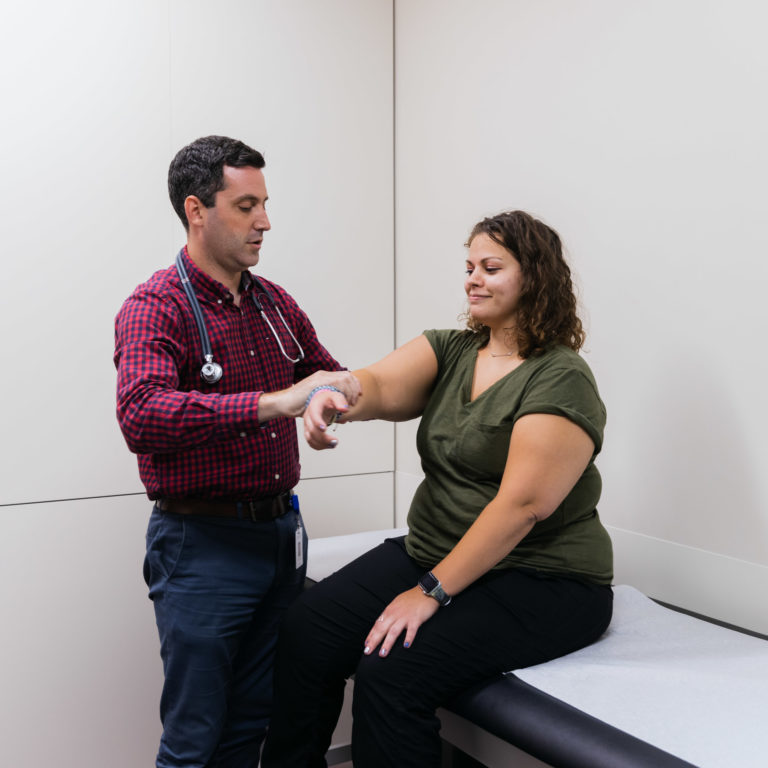
Understanding the Basics Behind Fracture Management
What is Fracture Management?
Elbow fractures are a relatively common injury that could happen to anyone at any time.
Whether it’s a workplace or vehicle accident, an athletic injury, or a fall at home, a fracture can greatly impact your daily life.
The goal of fracture management is to treat the fracture through stabilization and pain control. With the help and expertise of an experienced orthopedic specialist, Kansas City Orthopedic Alliance can ensure a proper diagnosis and treatment plan. With over 140 years of combined service, we utilize the best technologies and techniques customized to each patient.
After your initial examination with a KCOA physician, we will recommend the best treatment for your needs. Our practitioners provide the comprehensive care you need so you can return to the activities you enjoy.
Choosing elbow fracture management treatments in Kansas City is a decision that typically involves guidance from your primary care doctor and orthopedic physician.
When you choose Kansas City Orthopedic Alliance, one of our highly-trained orthopedic elbow specialists will conduct an initial evaluation to better understand your condition. After a complete review of your results, your provider will then discuss whether fracture management measures are the best treatment option for you.
Signs of an elbow fracture include:
- Sudden intense pain
- Malalignment
- Unable to straighten your elbow
- Swelling
- Bruising
- Tenderness in the affected area
- Pain with movement of the joint
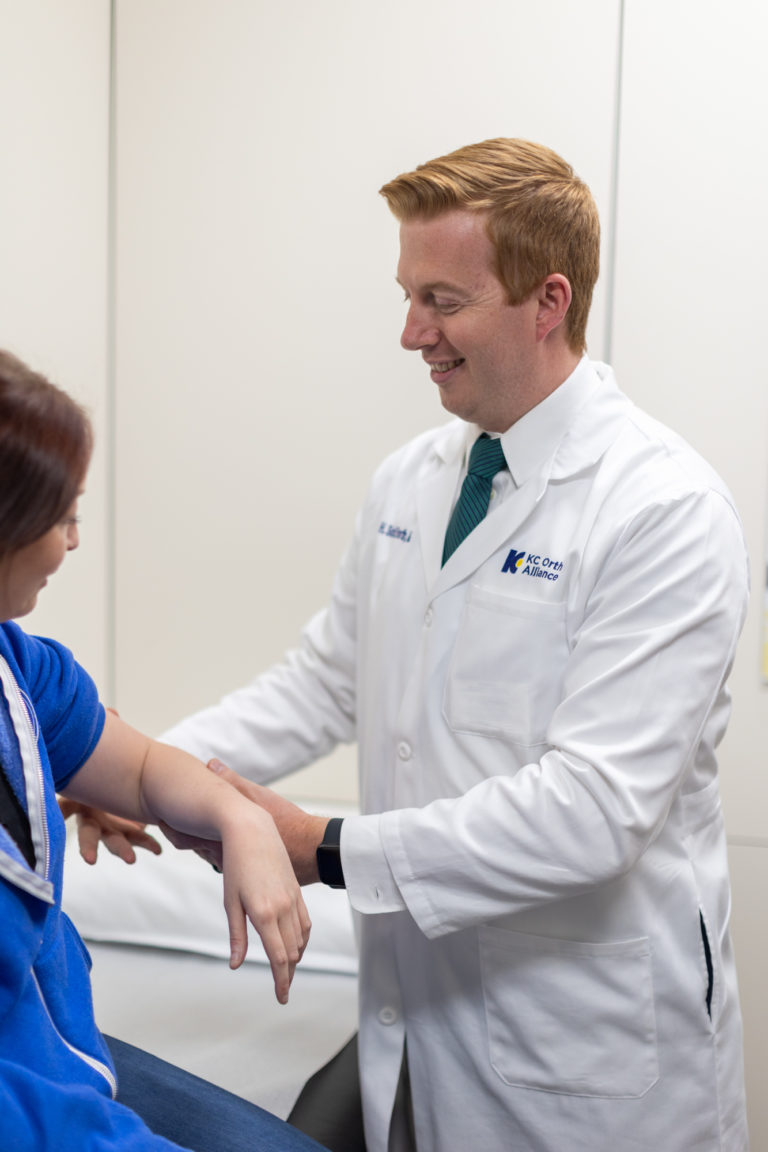
Kansas City Orthopedic Alliance Elbow Injuries Assessment
Assessing the Injury
Determining the proper elbow treatment starts with an assessment from one of our experienced providers.
You can think of elbow pain as a spectrum, with some instances being more severe than others. The KCOA orthopedic specialists always focus on each individual patient and their concerns before creating a treatment plan.
Therefore, during your initial appointment, we will often ask questions such as:
The answers to these questions help shape the next steps of the assessment process and guide our physical examination. After a proper assessment, we often begin with a physical examination to help determine the origin point of your pain. In some cases, advanced testing may be required for a full diagnosis.
- Does your pain currently limit you or your activities?
- Has your pain progressed or worsened recently?
- Have you experienced any tingling or numbness in your arm or fingers that makes tasks difficult?
- Did you notice or hear a popping sound at the time of your injury?
- Have you noticed any change in your symptoms that has made it more challenging to function?
- What are your lifestyle goals?
- How has pain affected those goals?
Examination
X-Ray
Also called radiographs, an X-ray captures a picture of the elbow. Orthopedic physicians may order an X-ray to rule out the possibility of a fracture (broken bone), osteoarthritis, or other elbow-related conditions.
Magnetic Resonance Imaging (MRI)
MRI captures images of muscles, bones, and tendons to help provide information other tests can’t detail. During an MRI, you will lie on a table that slides into a tube-shaped scanner. The machine creates a magnetic field around you, using pulsed radio waves to form the MRI images of the body parts being examined. Injecting a specific dye into the joint prior to the MRI may provide improved visualization of a suspected UCL injury.
Symptoms
Common Signs and Symptoms of Elbow Injuries
With so many different parts working together in your elbow, there are many potential causes of elbow pain. And each of those causes has a unique set of symptoms.
Elbow fractures can occur in the form of a radial head and neck fractures, olecranon fractures, or a fracture of the distal humerus. Sprains, strains, and dislocations can also occur simultaneously. Our team will perform an X-ray to confirm and evaluate the extent of your elbow injury.
Elbow fractures can occur in a number of ways, including direct blows, like a fall or impact from an object, indirect blows, or due to underlying conditions like osteoporosis.
Causes
Causes of Elbow Pain
The body has different kinds of joints, and they all face different challenges. The elbow is a complex joint that connects 3 different bones: the humerus (upper arm), ulna (pinky side forearm), and radius (thumb side forearm). Covering the surface where these bones meet is articular cartilage, a smooth substance that protects the joint by cushioning and absorbing forces.
On the inside and outside of this joint are ligaments that hold the elbow together and prevent dislocation. One of these ligaments is the UCL, a small ligament on the inner portion of the elbow that provides stability for the elbow joint.
Injuries to the UCL can come from acute trauma after a fall from a height or if the joint bends the wrong way, but the most common cause of UCL damage is gradual stretching of the ligament over time from repeated significant forces across the elbow joint. Elite baseball pitchers typically suffer from this kind of joint stress, but other repetitive movements in activities like weight lifting can also cause UCL damage.
Treatment Alternatives
Non-Surgical Treatment
Generally, surgery is not the first choice for treatment at Kansas City Orthopedic Alliance. If we can treat your elbow fractures with more conservative treatments, we will do so. We typically exhaust all non-surgical options prior to recommending surgery.
Non-surgical treatments for elbow fractures include:
- Physical Therapy/Occupational Therapy- Seeking out guidance from a trained therapist to help restore function and strength is often a preferred treatment. Therapists are experts in the musculoskeletal system, and their ability to assist with manual techniques or exercise instruction can lead to excellent outcomes.
- Medications – Your doctor may recommend over-the-counter NSAIDs (Non-steroidal anti-inflammatory drugs, such as Advil) or prescription medications. Especially with NSAIDs, you should always talk to your doctor to ensure they are the right treatment for you.
- Immobilization – Immobilization involves the use of casts, splints, or slings to allow the affected area to heal. With immobilization, we can protect the elbow fracture and allow the area to heal, while reducing pain and swelling.
Kansas City Orthopedic Alliance is here to help.
Our care is personal. Our team is knowledgeable. And we’re more available than ever.
With access to board-certified specialists across Kansas City, we have the tools to meet almost every musculoskeletal condition.
Our Locations
Overland Park, Kansas
10777 Nall Ave Suite 300 Overland Park, KS 66211Leawood, Kansas
3651 College Blvd. Leawood, KS 66211Kansas City, Missouri
Saint Luke's Medical Plaza #1 4320 Wornall Rd., Ste. 610 Kansas City, MO 64111Belton, Missouri
Belton Regional Campus 17067 S Outer Rd #301 Belton, MO 64012Merriam, Kansas
7450 W. Frontage Rd Merriam, KS 66203Blue Springs, Missouri
St. Mary’s Medical Center, Main Entrance 203 NW R.D. Mize Road, Suite 250 Blue Springs, MO 64014Shawnee Mission, Kansas
7450 Kessler St ste. 140 Merriam, KS 66204Prairie Star (Lenexa, Kansas)
Prairie Star 23401 Prairie Star PkwyBldg. B, Ste. 220 Lenexa, KS 66227
